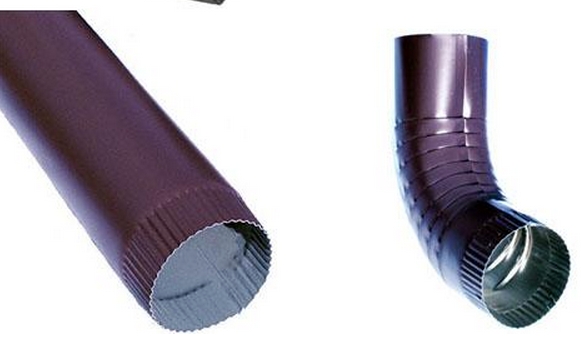
Understanding PPGI Steel An Overview of Pre-Painted Galvanized Iron
PPGI steel, short for Pre-Painted Galvanized Iron, represents a significant advancement in the field of metal engineering and construction materials. This innovative product has revolutionized the way we think about steel applications, combining the durability of galvanized iron with the aesthetic appeal of a pre-painted finish. In this article, we will explore the characteristics, manufacturing process, applications, and advantages of PPGI steel.
Characteristics of PPGI Steel
PPGI steel is primarily made from galvanized steel sheets, which are coated with a layer of zinc to prevent corrosion. This basic layer of protection is further enhanced by applying a layer of paint. The result is a product that not only offers impressive corrosion resistance but also comes in a variety of colors and finishes. The typical thickness of PPGI can range from 0.3 mm to 1.2 mm, providing versatility for various applications. Furthermore, the paint used in PPGI is commonly made from polyester, silicone polyester, or polyvinylidene fluoride, which guarantees a long-lasting finish that can withstand environmental conditions.
Manufacturing Process
The manufacturing of PPGI involves several key steps. Initially, a steel coil is produced through hot-rolled or cold-rolled processes. This coil is then subjected to galvanization, where it is coated with molten zinc to enhance its corrosion resistance. Once the galvanization process is complete, the steel coil undergoes a cleaning phase to remove any contaminants. Following this, the coil is coated with a primer and then finished with a topcoat of paint, both of which are cured using heat. This multi-step process ensures that the steel is not only protective but also visually appealing.
Applications of PPGI Steel

PPGI steel has a wide range of applications across various industries. Its aesthetic versatility makes it a popular choice for architectural elements, including roofing, wall cladding, and facades. Additionally, it is extensively used in manufacturing appliances such as refrigerators, washing machines, and air conditioners, where both durability and visual appeal are essential. PPGI is also employed in the production of furniture, storage solutions, and decorative items, demonstrating its adaptability and functional beauty.
Advantages of PPGI Steel
One of the primary advantages of PPGI steel is its excellent corrosion resistance. This inherent property allows structures and products made from PPGI to endure harsh environmental conditions, thereby reducing maintenance costs over time. Furthermore, the pre-painted surface eliminates the need for additional painting or finishing work, saving time and labor costs during installation.
Another noteworthy benefit is the aesthetic flexibility that PPGI offers. With an array of colors and finishes, architects and designers have the freedom to create visually appealing structures without compromising on durability. This makes PPGI an attractive option for modern construction projects where design and functionality must coexist harmoniously.
Finally, the lightweight nature of PPGI steel contributes to easier transportation and installation. The reduced weight compared to traditional building materials means lower shipping costs and quicker assembly, further enhancing its practicality in construction.
Conclusion
In summary, PPGI steel is a remarkable material that combines the robust properties of galvanized iron with the visual allure of pre-painted coatings. Its diverse applications, outstanding advantages, and innovative manufacturing process make it an invaluable resource in the modern construction and manufacturing industries. As technology advances, the potential for PPGI steel to further enhance our built environment will undoubtedly expand, making it a crucial element for architects, builders, and manufacturers alike.